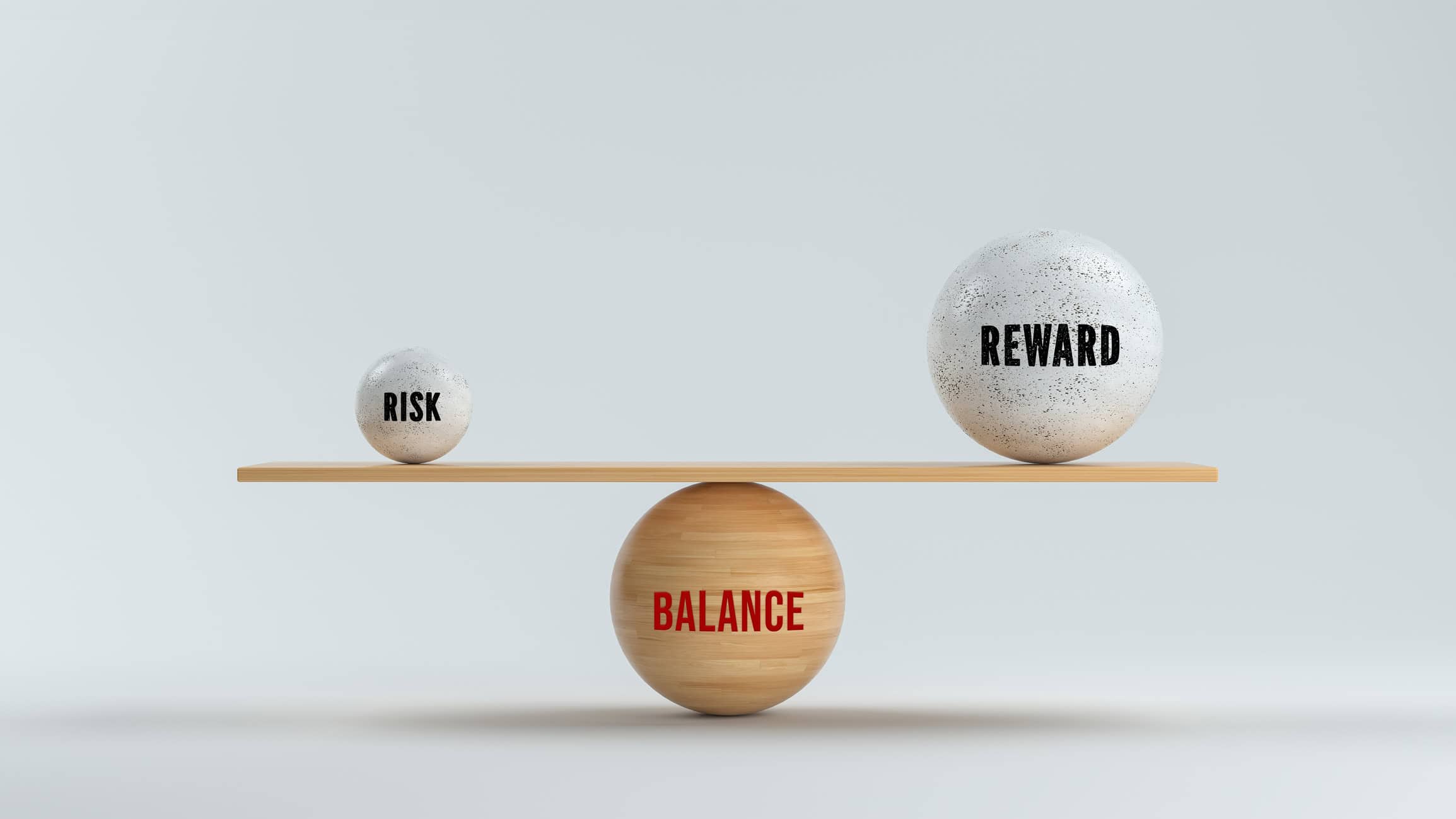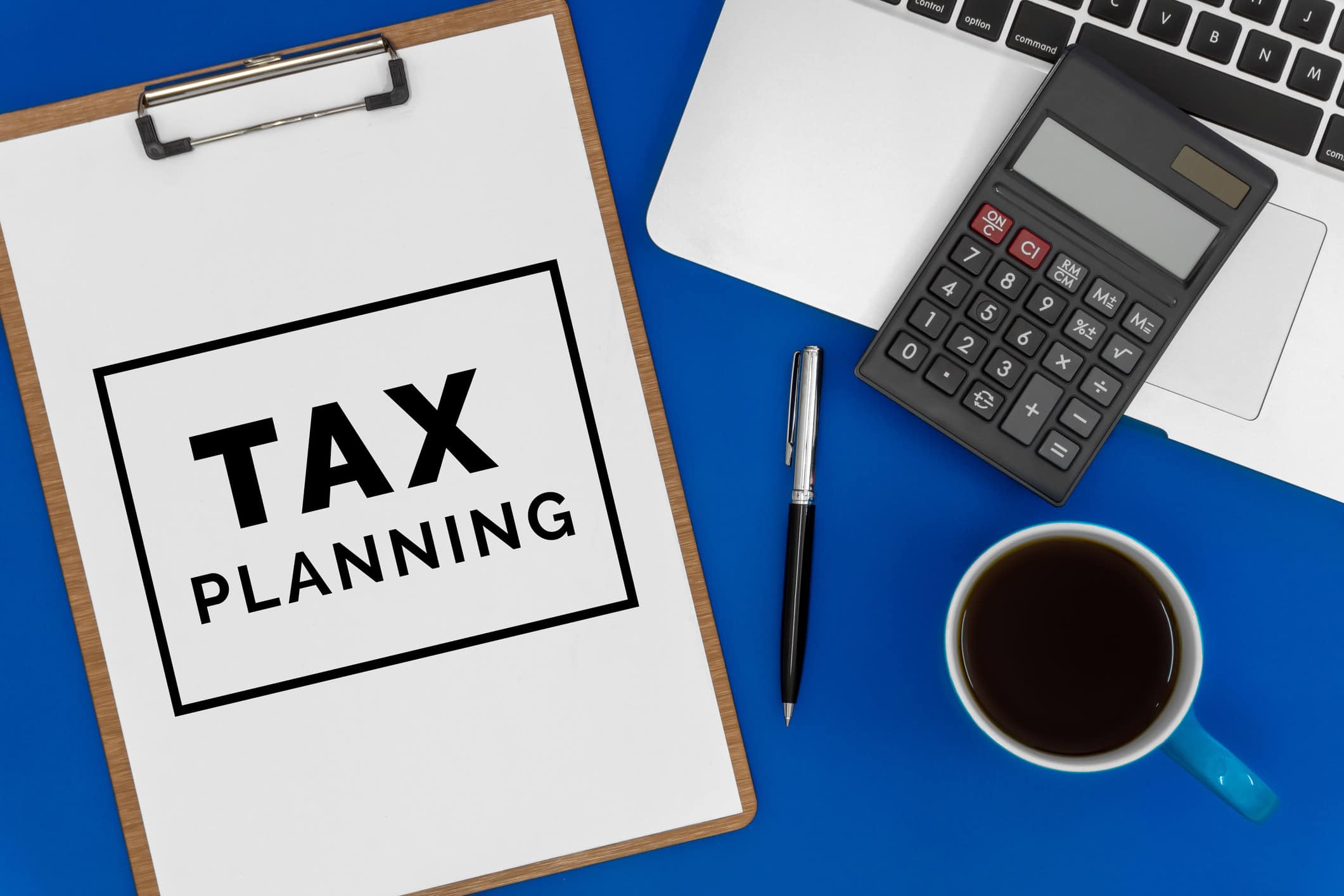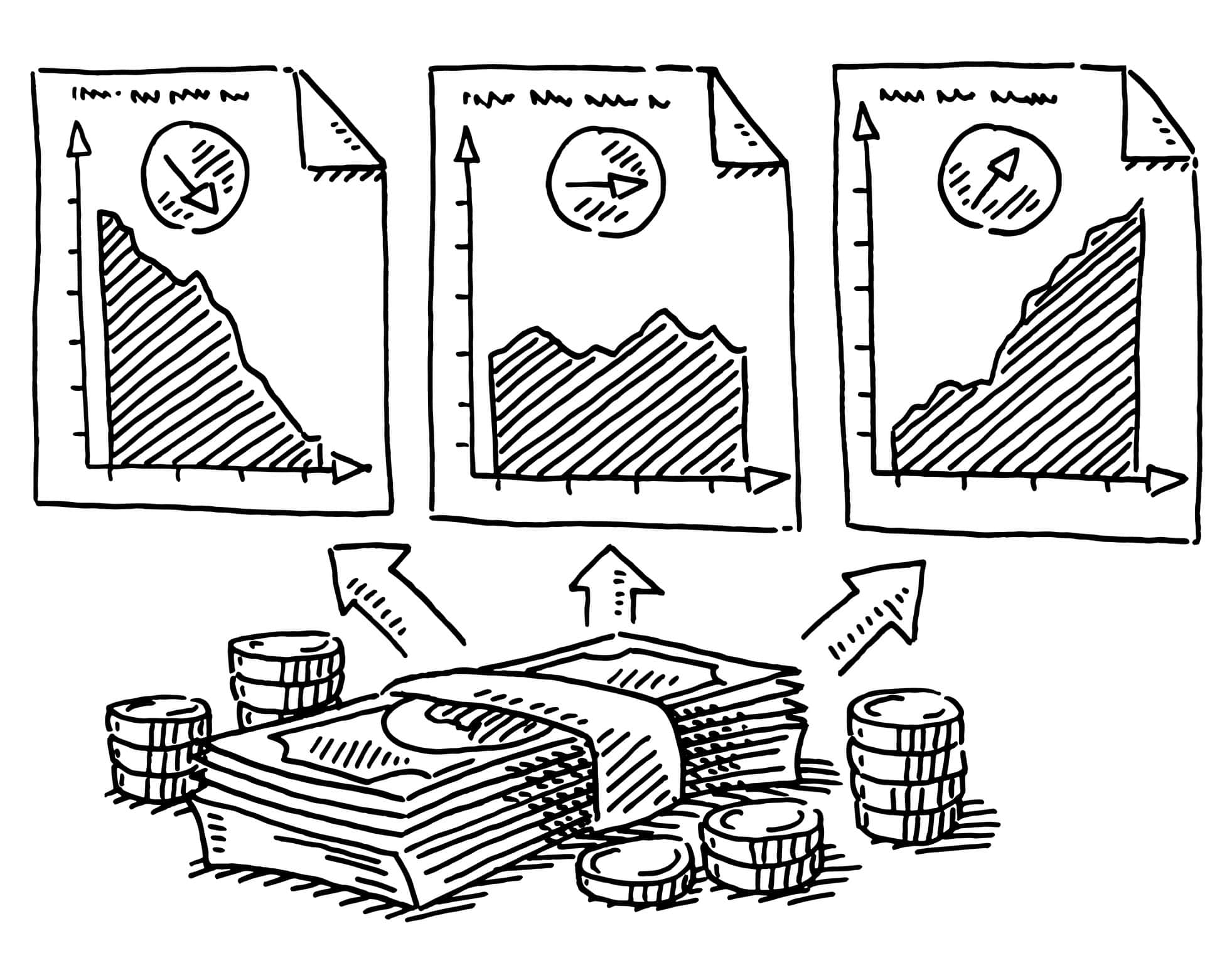
Understanding Risk Tolerance: How to Assess and Align Your Investments with Your Comfort Level
Investing always involves some degree of risk, but what does that mean for you personally? At the heart of every financial decision is your risk tolerance—the level of uncertainty and potential loss you’re comfortable with as you pursue financial growth. Understanding your risk tolerance is essential for building a portfolio that matches both your financial goals and your peace of mind.
Why Risk Tolerance Matters in Investing
Risk tolerance is your personal comfort level with the possibility of losing money in pursuit of returns. Some investors get anxious during market downturns, while others see them as opportunities. These differences shape how much you invest in stocks or bonds and influence your long-term returns. The better you understand your risk tolerance, the more likely you are to stick with your investment plan through market ups and downs.
Not everyone should have the same portfolio. Your risk profile should reflect your temperament and financial situation, not someone else’s.
Risk Tolerance, Risk Capacity, and Risk Perception: What’s the Difference?
It’s easy to confuse risk tolerance with related concepts, but each plays a unique role:
- Risk Tolerance: How much loss or volatility you can handle emotionally.
- Risk Capacity: The objective amount of risk you can afford financially.
- Risk Perception: How you interpret risk, often influenced by news or recent experiences.
For example, someone with high financial capacity but low risk tolerance may invest too conservatively and miss out on growth, while someone with little income but high risk perception may take on too much risk. Honest self-reflection is key to aligning these factors.
How Your Tolerance for Risk Shapes Your Investment Portfolio
Think of your investments as ingredients in a recipe. Some people want “spicy”—more stocks and higher potential gains, but also more risk. Others prefer “mild”—more bonds and cash, with lower risk and returns.
- Conservative investors may favor government bonds, CDs, and large-cap dividend stocks.
- Moderate investors might mix stocks and bonds for a balance of growth and stability.
- Aggressive investors often choose small-cap stocks, international equities, or speculative assets, accepting higher swings in value.
If your risk tolerance is low but you’re heavily invested in stocks, you might panic and sell at the wrong time. If you love risk but hold mostly bonds, you may be frustrated by slow growth.
How to Assess Risk Tolerance
Assessing your risk tolerance doesn’t have to be complicated. Here are some practical ways to get started:
- Risk Tolerance Questionnaires: Many brokerages and advisors offer quizzes that ask about your comfort with losses, past financial setbacks, and investment goals.
- Online Financial Planning Tools: Robo-advisors use algorithms to suggest asset allocations based on your responses.
- Behavioral Indicators: Reflect on your real-world reactions to market declines. Did you sell in a panic, or see it as a buying opportunity?
- Working with a Financial Advisor: Professionals can guide you through the process, ask probing questions, and help you reassess as your life changes.
- Periodic Reviews: Life events—like a new job, a child, or retirement—can change your feelings about risk. Review your risk profile annually.
What Shapes Your Comfort With Investment Risk?
Several factors influence your risk tolerance:
- Age: Younger investors often take more risk for higher growth potential.
- Income and Net Worth: A bigger financial cushion makes swings easier to bear.
- Experience: Watching market cycles over time can make uncertainty more manageable.
- Financial Goals: The urgency of your goals shifts your risk lens.
- Personality: Some people are naturally patient; others are not.
Common Misunderstandings About Investment Risk Tolerance
- “It’s static and unchangeable.” In reality, your risk comfort can change with your financial situation and the world around you.
- “High risk means better returns.” While equities often outperform long-term, aggressive investing isn’t a guarantee of riches.
- “All I need is a questionnaire.” These are helpful, but reflection and real-world behavior matter just as much.
- “Low risk means no risk.” Even the safest portfolio faces some chance of loss.
How to Adjust Your Portfolio After Assessing Your Risk
Once you understand your risk profile, start small:
- Rebalance your assets annually.
- Diversify with mutual funds or ETFs that fit your risk preferences.
- Monitor performance regularly.
- Favor steady, incremental shifts over big changes.
A professional can help you avoid costly mistakes or emotional decisions during stressful times.
Why Getting It Right Matters
Choosing investments that fit your risk profile isn’t just about numbers—it’s emotional, too. When your portfolio matches your comfort with risk, you’re more likely to stick to your plan and avoid anxious moves during market surprises.
Take the Next Step: Know Yourself, Plan Your Path
Understanding your personal risk tolerance is one of the most valuable investments you can make. Take a questionnaire, reflect on your past reactions, or talk with a financial advisor. The better you know your comfort zone, the better your investments can serve you—now and in the future.
Let Hennion & Walsh Offer a Second Opinion
Curious to learn more? Our unmatched client experience will give you peace of mind. Just as you may seek a second opinion about your health, we believe successful investors can gain value and peace of mind by getting a second opinion on their financial health. So, whether you’re worried about today’s uncertain economic environment or looking for increased peace of mind, we can help. Get a complimentary second opinion on all your investment accounts not held at Hennion & Walsh today!
Hennion & Walsh Experience
At Hennion & Walsh, every client, every individual investor, is assigned a dedicated team of investment professionals, planners, and portfolio managers, who collectively analyze your situation through the lens of their respective disciplines.
Each member brings valuable insights to apply to your situation. Whether you’re looking to meet your income needs today or stock market growth for your future, we have an expert sitting with you, helping you, and guiding you through all the scenarios to help you live the life you want.
Hennion & Walsh distinguishes itself in the investment industry with its exceptional in-house team of specialists committed to your success. Unlike other firms that rely on impersonal call centers, Hennion & Walsh provides direct access to experienced bond experts, CERTIFIED FINANCIAL PLANNER (CFP®) professionals, Chartered Financial Analyst (CFA)® charterholders, annuity professionals, and a proficient internal fixed-income trading team. Our customer service team is exceptional, ensuring that every client receives the dedicated attention and support they deserve.



